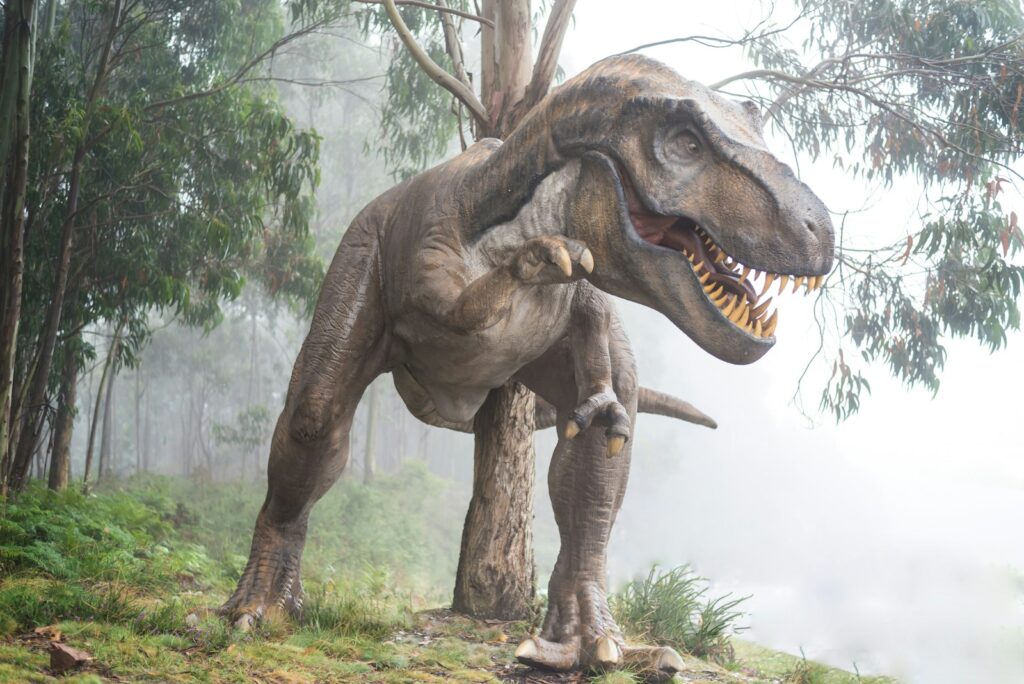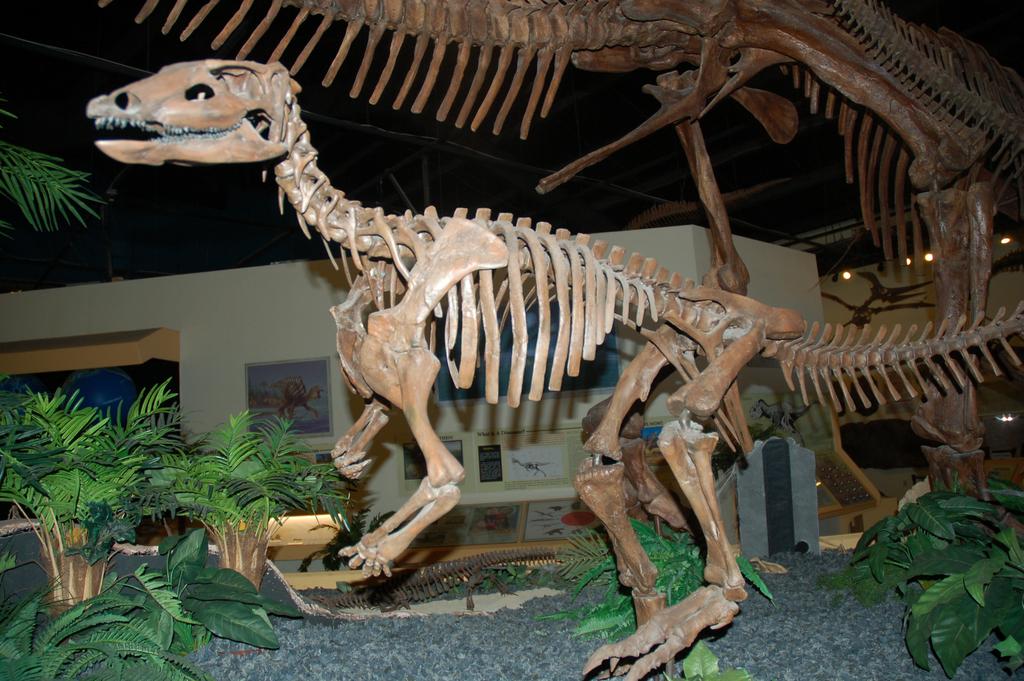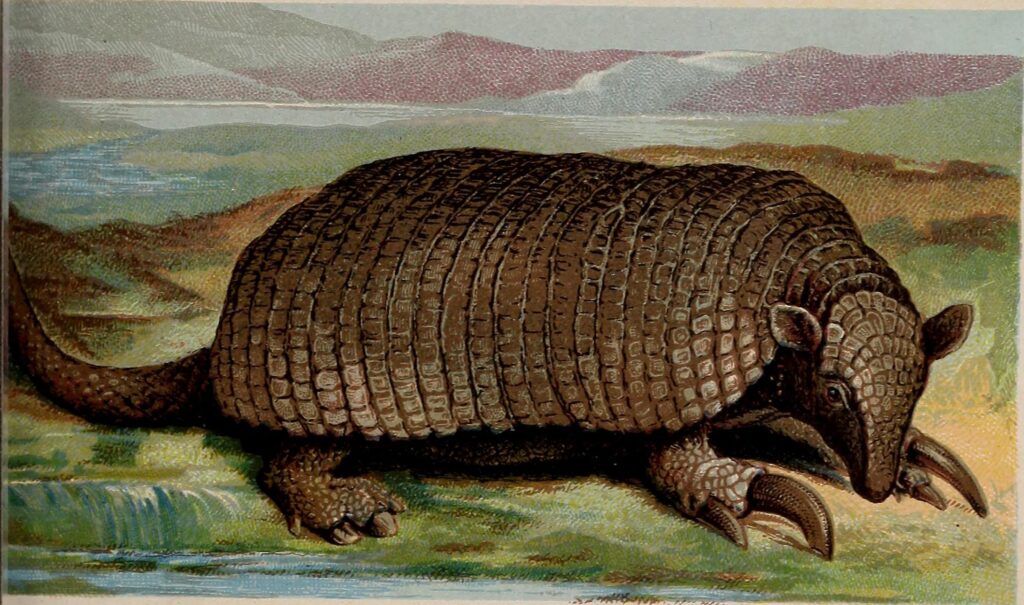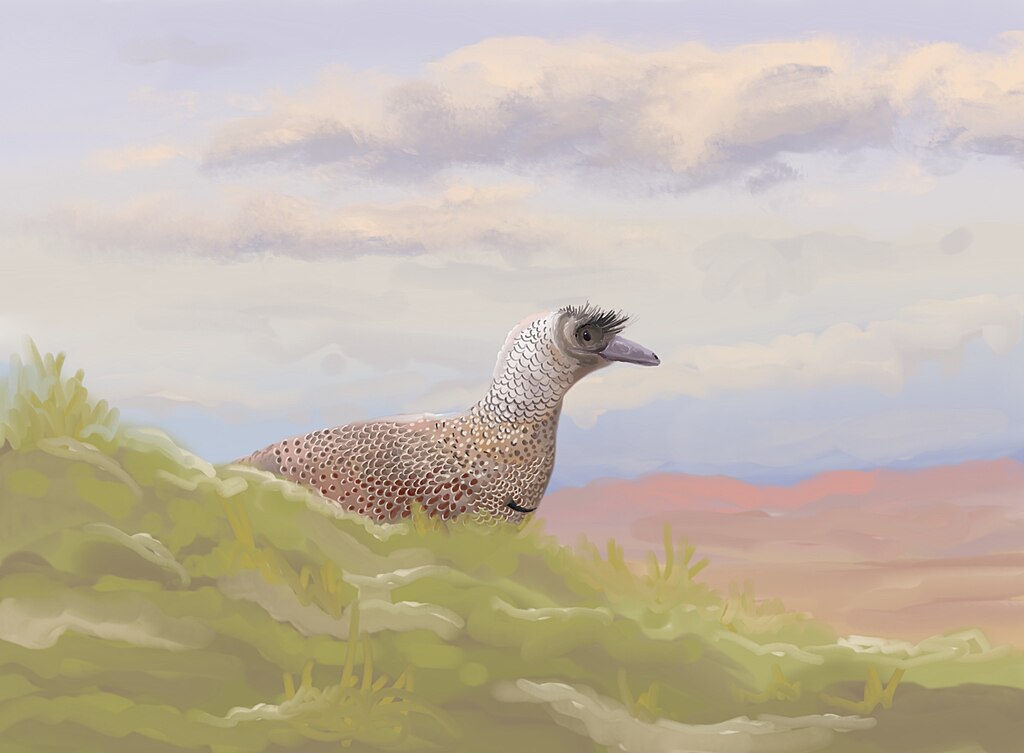When we think about determining the age of ancient objects, carbon dating often comes to mind as the gold standard. This radiometric dating technique has revolutionized archaeology and our understanding of human history. However, when it comes to dinosaur fossils—those magnificent remains from creatures that roamed Earth millions of years ago—carbon dating falls surprisingly short. Despite its effectiveness for relatively recent artifacts, carbon dating simply cannot help paleontologists determine when dinosaurs lived. The reasons behind this limitation involve fascinating aspects of physics, chemistry, and the very nature of fossilization itself.
The Basics of Carbon Dating

Carbon dating, more precisely known as radiocarbon dating or carbon-14 dating, works by measuring the ratio of radioactive carbon-14 to stable carbon-12 in organic material. Living organisms continuously exchange carbon with their environment, maintaining a relatively constant ratio of C-14 to C-12 that matches the atmosphere. When an organism dies, this exchange stops, and the radioactive C-14 begins to decay at a predictable rate, with a half-life of approximately 5,730 years. By measuring how much C-14 remains compared to C-12, scientists can calculate how long ago the organism died. This technique works remarkably well for dating organic materials from the recent past, typically up to about 50,000 years, though under ideal conditions it might stretch to 75,000 years.
The Overwhelming Age Gap
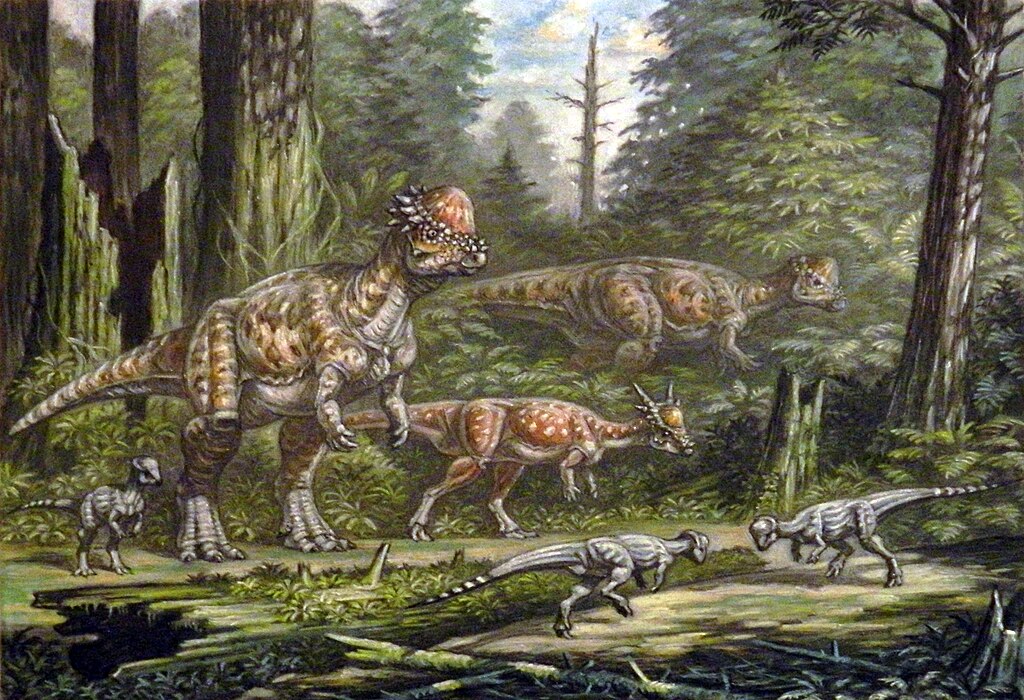
The most fundamental reason carbon dating cannot be used on dinosaur fossils is the vast timeline involved. Dinosaurs roamed the Earth during the Mesozoic Era, from about 252 million to 66 million years ago—a period hundreds of times beyond carbon dating’s maximum range. After about 50,000-75,000 years, the amount of carbon-14 remaining in a sample becomes too small to measure reliably with current technology. To put this in perspective, trying to use carbon dating on a dinosaur fossil would be like attempting to measure the width of a human hair with a yardstick—the tool simply lacks the necessary precision for the scale involved. The carbon-14 that existed when a dinosaur died would have gone through over 43,000 half-lives by now, leaving essentially none of the original radioactive carbon to detect.
The Nature of Fossilization

Another critical factor that makes carbon dating inappropriate for dinosaur fossils relates to the fossilization process itself. True fossilization typically involves the replacement of original organic material with minerals. When an organism dies and becomes buried in sediment, groundwater carrying dissolved minerals gradually seeps through the remains. Over millions of years, these minerals replace the original tissues, creating a rock-like copy of the organism in a process called permineralization. In many dinosaur fossils, the original carbon-based tissues have been completely replaced by minerals like silica, calcite, or pyrite. Since carbon dating requires the presence of original organic carbon, these mineralized fossils simply don’t contain the necessary material to test.
Contamination Concerns
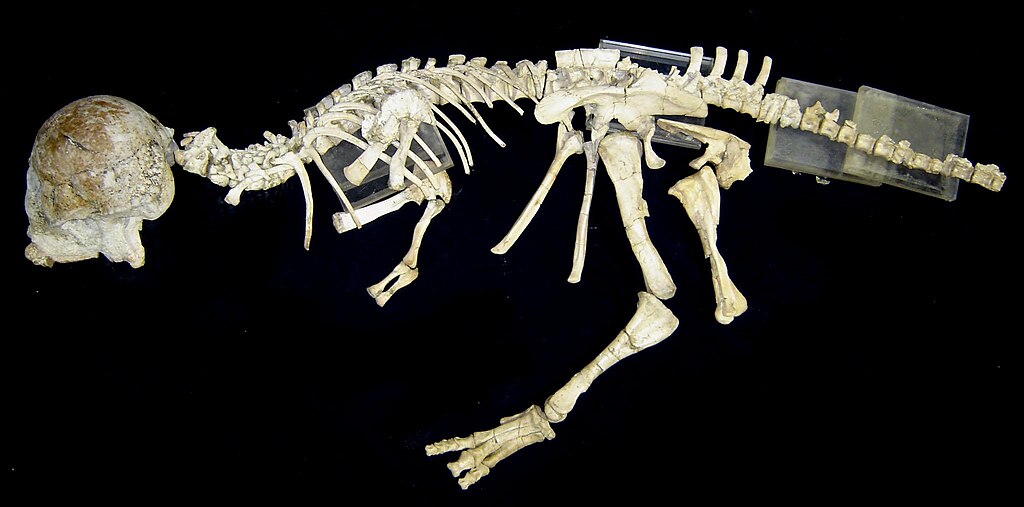
Even in the rare instances where some organic material might be preserved in dinosaur remains, contamination presents an insurmountable challenge for carbon dating. Over millions of years, fossils inevitably become contaminated with modern or more recent carbon from various sources: bacterial growth, conservation treatments, handling by researchers, groundwater carrying dissolved carbon compounds, and even carbon in the surrounding sediment. This contamination can drastically skew carbon dating results. A minute amount of modern carbon contamination would make an ancient specimen appear much younger than its actual age. For materials as old as dinosaur fossils, even minimal contamination would render carbon dating results completely unreliable, as the contamination would likely contribute more carbon-14 than any that might have survived from the original organism.
Alternative Dating Methods: Radiometric Dating
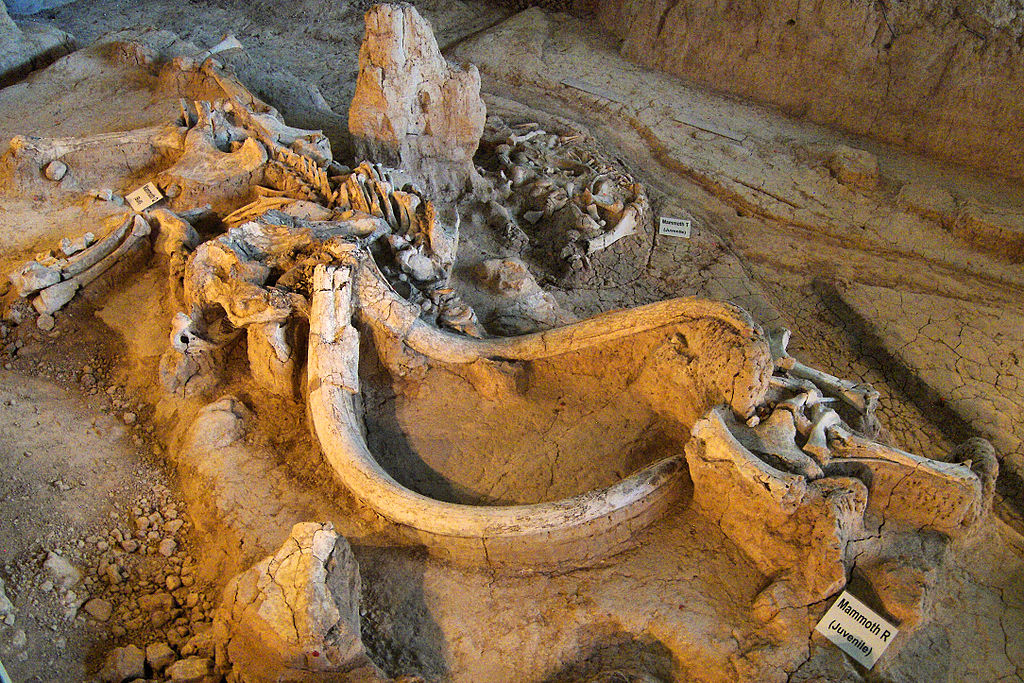
Fortunately, paleontologists have developed more appropriate methods for dating dinosaur fossils, primarily through radiometric dating of the surrounding rock layers. Unlike carbon dating, these techniques use elements with much longer half-lives, suitable for the time scales involved with dinosaurs. Potassium-argon dating, which measures the decay of potassium-40 to argon-40 with a half-life of 1.3 billion years, proves particularly useful. Similarly, uranium-lead dating, with uranium isotopes having half-lives in the billions of years, offers another reliable option. These methods don’t date the fossil directly but rather the igneous or volcanic rocks above and below the sedimentary layers containing the fossils. By dating these surrounding layers, scientists can establish a reliable age range for the fossils sandwiched between them, using a principle called stratigraphic correlation.
The Principle of Superposition
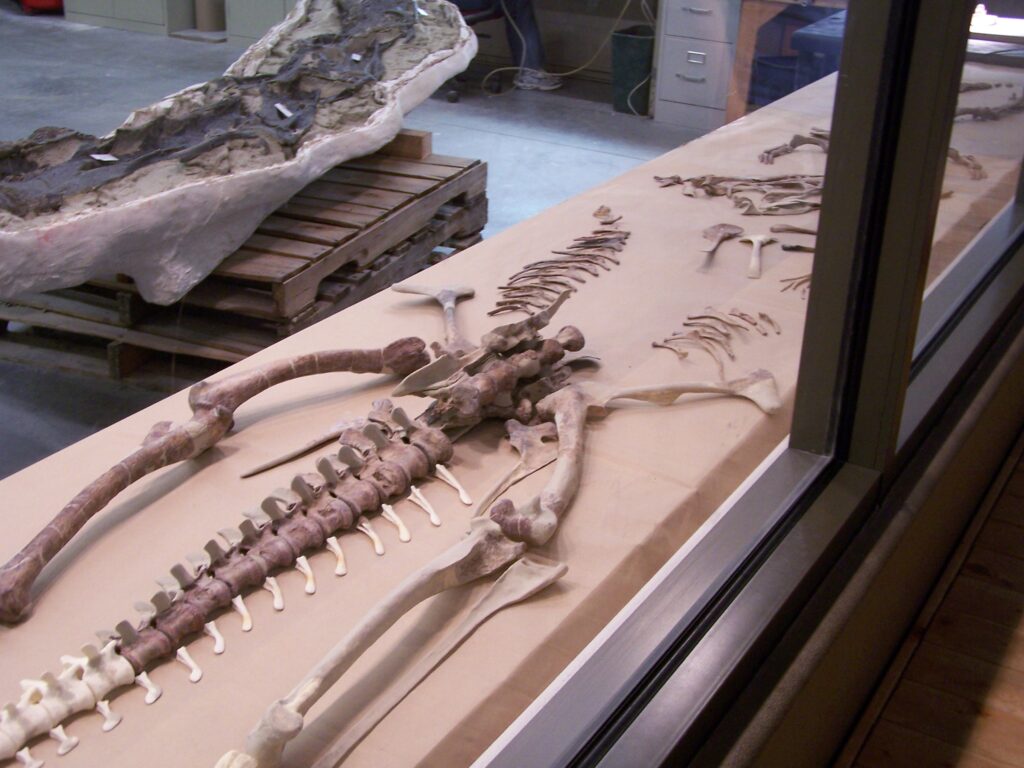
When dating dinosaur fossils, paleontologists rely heavily on the principle of superposition, a fundamental concept in geology established by Nicholas Steno in the 17th century. This principle states that in undisturbed sedimentary rock layers, the oldest layers are at the bottom, with progressively younger layers above them. By understanding where a fossil sits within these layers, scientists can establish relative ages—determining which fossils are older or younger than others. When combined with absolute dating methods like potassium-argon dating of volcanic ash layers interspersed with the sedimentary rocks, paleontologists can create a remarkably accurate timeline of prehistoric life. This approach allows them to place dinosaur species in chronological order and understand their evolutionary relationships without needing to directly date the fossils themselves.
Index Fossils and Biostratigraphy

Paleontologists also employ biostratigraphy, using index fossils to date and correlate rock layers across different geographic locations. Index fossils represent species that existed for relatively short geological periods but were geographically widespread and abundant. When a particular index fossil appears in a rock layer, scientists can assign that layer to a specific time period based on when that species is known to have lived. For example, certain ammonite species serve as excellent index fossils for various periods of the Mesozoic Era. This method creates a relative dating framework that complements radiometric dating techniques. By combining biostratigraphy with absolute dating methods, paleontologists build increasingly refined timelines of dinosaur evolution and extinction without relying on carbon dating at all.
Soft Tissue Discoveries and Dating Challenges

Recent discoveries of preserved soft tissues in some dinosaur fossils have sparked both excitement and controversy in the paleontological community. In 2005, Dr. Mary Schweitzer and her team reported finding what appeared to be blood vessels, cells, and collagen-like proteins in a 68-million-year-old Tyrannosaurus rex specimen. These findings initially seemed to contradict conventional understanding of fossilization, as soft tissues were thought to decompose completely over such vast time periods. Some researchers attempted carbon dating on these preserved organic materials, yielding dates far younger than expected for dinosaur remains. However, rather than indicating the dinosaurs lived recently, these results highlighted the problem of contamination. Careful analysis revealed that bacterial biofilms, modern carbon contamination, and natural processes that can mimic organic structures were responsible for the anomalous results, reinforcing why carbon dating remains inappropriate for dinosaur material.
The Young-Earth Creationism Controversy

The limitations of carbon dating dinosaur fossils occasionally become entangled in the debate between mainstream science and young-Earth creationism. Some proponents of young-Earth creationism have attempted to use carbon dating on dinosaur fossils, claiming that the detection of any carbon-14 proves dinosaurs lived thousands rather than millions of years ago. However, these arguments fundamentally misunderstand both the limitations of carbon dating and the nature of contamination. The scientific consensus, based on multiple independent dating methods, consistently places dinosaurs in the Mesozoic Era. The presence of trace amounts of carbon-14 in fossil samples is entirely consistent with contamination, sample processing methods, or the limits of instrument background levels. The comprehensive geological, paleontological, and radiometric evidence overwhelmingly supports the ancient age of dinosaur fossils, regardless of carbon dating’s inapplicability to such ancient materials.
Rare Exceptions: When Carbon Can Help
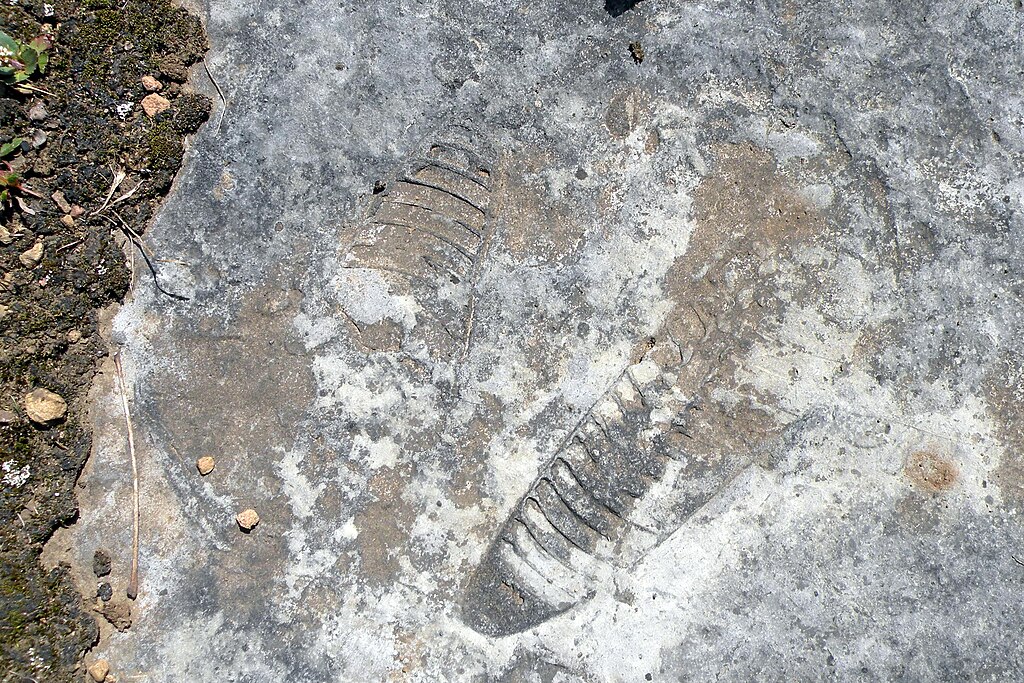
While carbon dating cannot determine the age of dinosaur fossils themselves, it occasionally serves ancillary roles in paleontological research. For instance, carbon dating can help authenticate associated materials in paleontological excavations, such as wooden tools, recent plant remains, or other organic materials that might have been introduced to the site. This helps researchers distinguish between original site materials and modern contaminants. Additionally, in extremely rare cases where organic materials are preserved alongside fossils, carbon dating might provide information about the excavation context, though not about the fossils themselves. Carbon dating also plays an important role in studying more recent paleontological findings, such as ice age mammals like mammoths and sabertooth cats, which fall comfortably within the method’s time range.
The Future of Dating Technologies

Dating technologies continue to evolve, with new methods potentially extending our ability to date ancient materials. Techniques like optically stimulated luminescence (OSL) dating, which measures when mineral grains were last exposed to sunlight, offer complementary approaches for certain contexts. Paleomagnetism—studying the Earth’s magnetic field orientation preserved in rocks—provides another independent dating method. Increasingly sophisticated mass spectrometry techniques also allow scientists to detect smaller amounts of radioisotopes, though even these advances cannot overcome the fundamental half-life limitations that make carbon dating unsuitable for dinosaur fossils. The most promising developments involve refinements to existing methods and the integration of multiple dating techniques to create more comprehensive chronologies. Despite these advances, the fundamental physics of radioactive decay means carbon dating will remain inappropriate for materials as ancient as dinosaur fossils.
Common Misconceptions About Fossil Dating
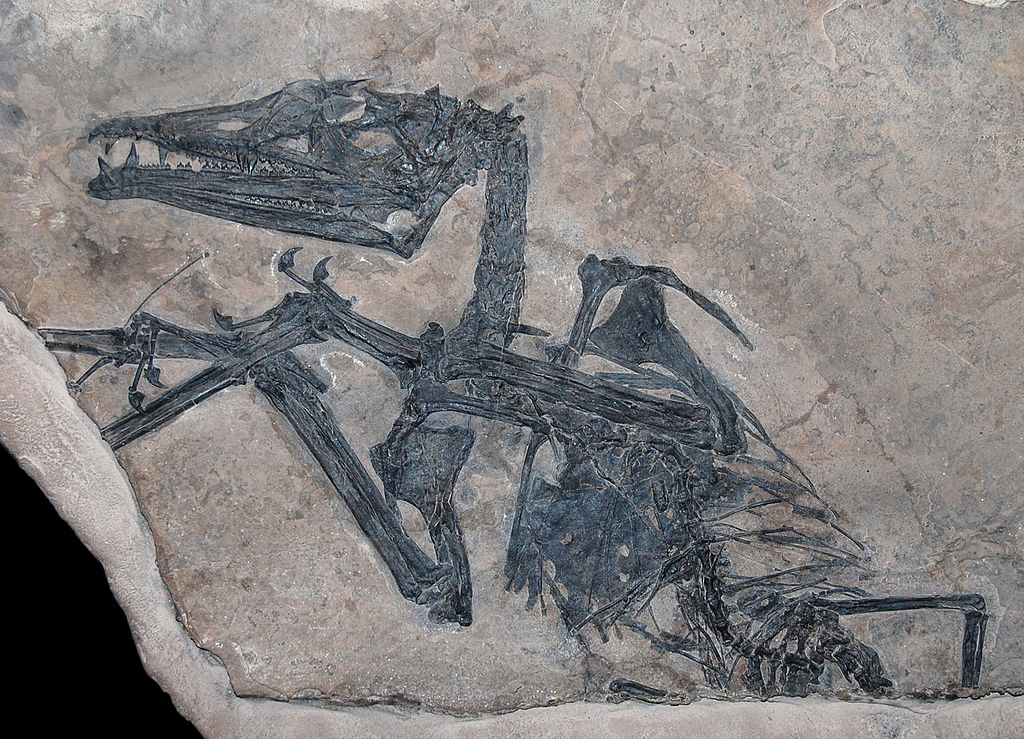
Several persistent misconceptions surround the dating of dinosaur fossils. Perhaps the most common is the belief that paleontologists directly date the fossil bones themselves, when in reality they typically date the surrounding rock layers. Another misconception involves conflating different radiometric dating methods, assuming carbon dating is used universally for all ancient materials. Media representations often oversimplify dating methods, leading to public confusion about how scientists determine the age of fossils. Additionally, some misunderstand the role of assumptions in radiometric dating, not realizing that these methods have been extensively tested and verified through multiple independent techniques. These misconceptions can lead to skepticism about fossil ages, despite the robust scientific consensus based on converging evidence from numerous dating methods, geological principles, and evolutionary biology.
The Importance of Accurate Dating
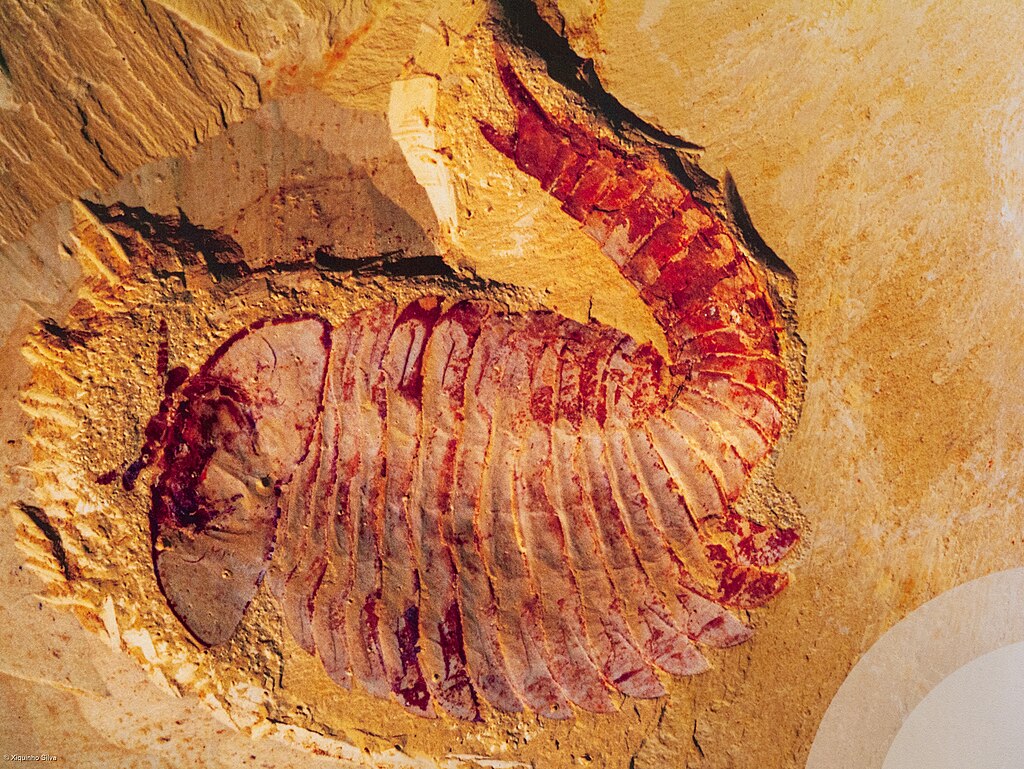
Accurately dating dinosaur fossils provides the critical temporal framework that underpins our entire understanding of Earth’s biological and geological history. Without reliable dates, paleontologists could not reconstruct evolutionary relationships, understand extinction events, or map ancient ecosystems. Dating techniques allow scientists to determine which dinosaur species lived contemporaneously and which were separated by millions of years. This chronological framework enables researchers to track evolutionary innovations, identify patterns of diversification and extinction, and correlate biological events with geological and climatic changes. For instance, precise dating helped establish that the mass extinction event that eliminated non-avian dinosaurs coincided with the Chicxulub asteroid impact approximately 66 million years ago. By understanding the limitations of carbon dating and applying appropriate alternative methods, paleontologists continue to refine our knowledge of Earth’s fascinating prehistoric past.
Conclusion: Beyond Carbon Dating

While carbon dating has revolutionized our understanding of recent human history, its limitations for ancient materials like dinosaur fossils highlight the importance of using the right tool for the right job in science. The inability to carbon date dinosaur remains doesn’t represent a failure or gap in our knowledge—rather, it reflects our understanding of radioactive decay processes and the nature of fossilization. Paleontologists have developed a sophisticated toolkit of alternative dating methods precisely calibrated for the immense time scales involved with dinosaur fossils. Through radiometric dating of surrounding rocks, biostratigraphy, and the principle of superposition, scientists continue to refine the chronology of dinosaur evolution with remarkable precision. This case study in scientific methodology demonstrates how different scientific disciplines—from nuclear physics to geology to paleontology—work together to overcome limitations and deepen our understanding of Earth’s ancient past.

